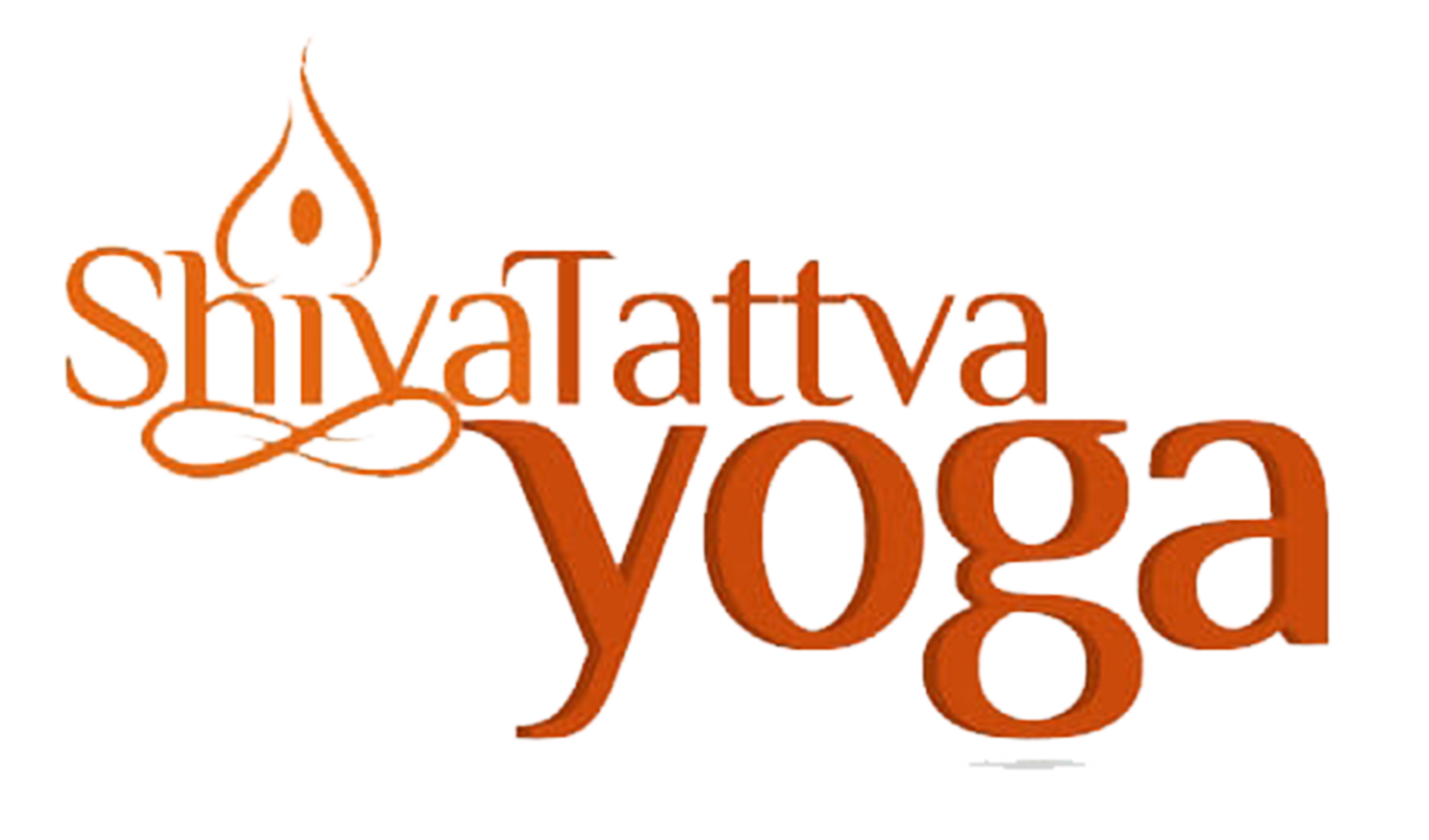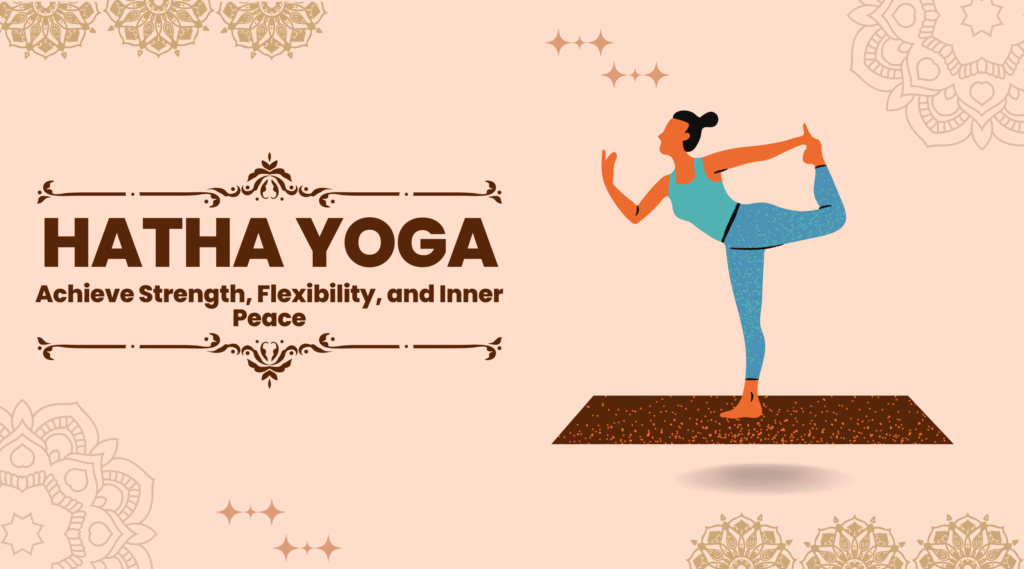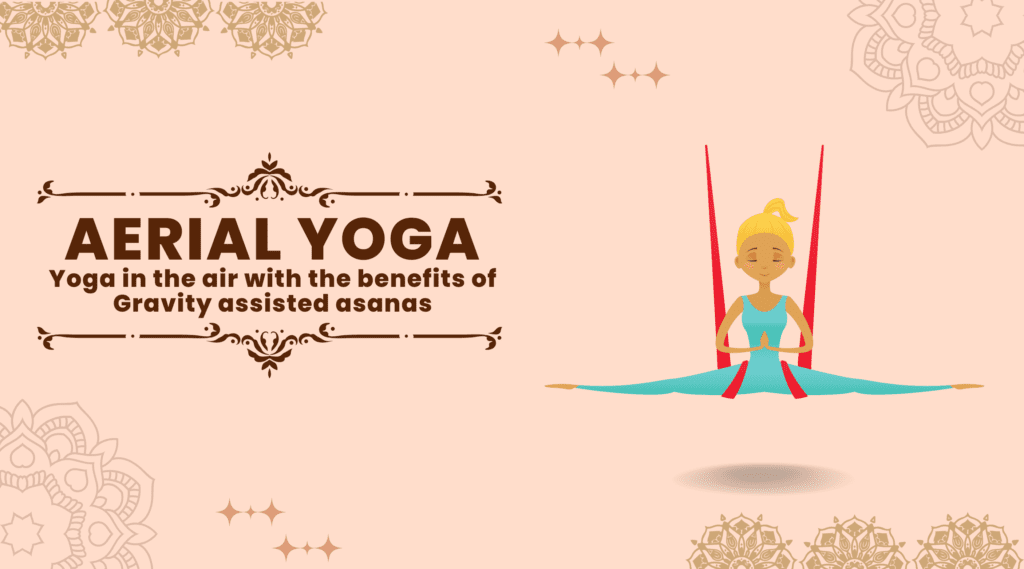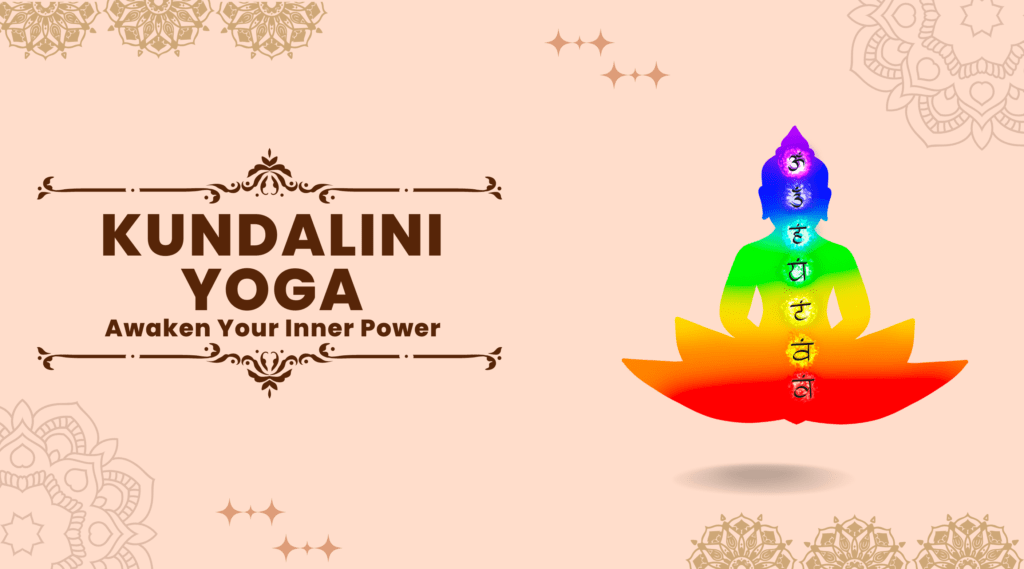Mudras: Ancient Hand Gestures for Holistic Well-being
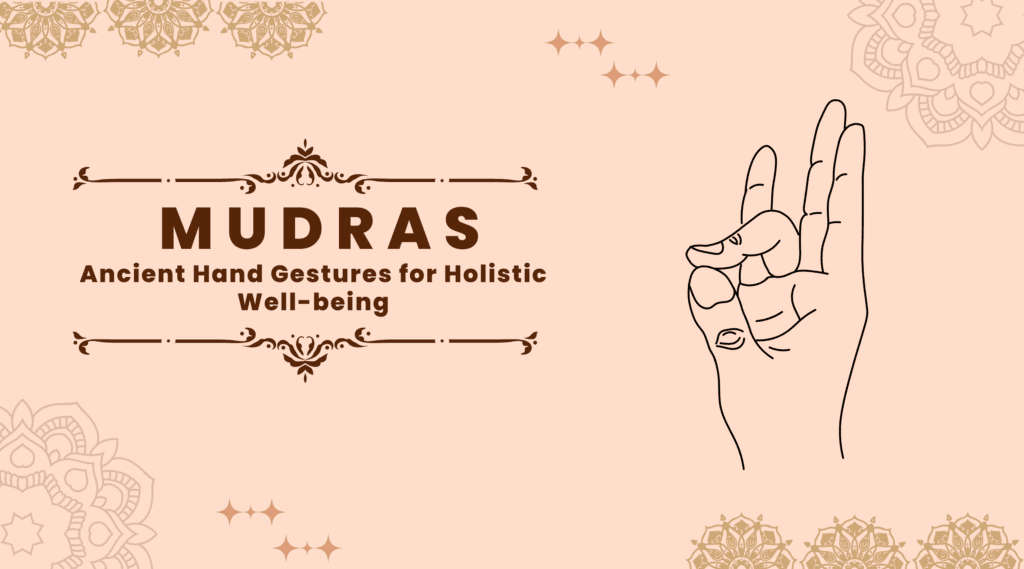
Introduction
Mudra is a symbolic or ritualistic gesture or posture that involves the hands, fingers or body. But generally, mudras are hand gestures that we use in yoga and meditation practices. They are very helpful to stimulate different parts of the body and mind. We use mudras in various yoga practices such as meditation, pranayama (breathing exercises), and asanas (physical postures).
The word ‘mudra’ is a Sanskrit word which means a gesture. There is a belief that practising mudras can help to balance the energy flow in the body. Moreover, t improves concentration, reduce stress and anxiety as well as promotes overall health and wellbeing.
We often practise mudras in combination with other yoga practices such as pranayama, asanas and meditation to enhance their effects. They are a good practice for the people of all ages and abilities as well as we can adapt them to suit our individual needs and preferences.
History of Mudras
The earliest mention of mudras is present in the Vedas, the oldest scriptures of Hinduism. According to the vedas, mudras were important in Vedic rituals as a way to connect with the divine while invoking blessings and protection. The use of mudras later spread to other spiritual traditions in India such as Buddhism, Jainism and Yoga.
In Buddhism, mudras were an integral part of meditation practices to symbolise different aspects of the Buddha’s teachings, such as compassion, wisdom, and enlightenment. The Buddha is often depicted in Buddhist art with different mudras, such as the Dhyana mudra (meditation mudra) or the Abhaya mudra (fearlessness mudra).
In Jainism, mudras were essencial in ritual practices to symbolise different aspects of the Jain doctrine, such as non-violence, austerity and detachment. Jain art also depicts the Tirthankaras (Jain saints) with different mudras, such as the Varada mudra (blessing mudra) or the Dharmachakra mudra (teaching mudra).
In yoga, mudras were a way to balance the energy flow in the body, and to enhance the benefits of yoga practices such as pranayama, asanas, and meditation. The Hatha Yoga Pradipika, a classic text on yoga, mentions 10 mudras, including the Maha Mudra, Maha Bandha and Maha Vedha mudras. Thses are advance practices that involve the whole body.
In modern times, mudras are still an integral part in various spiritual practices as well as in therapeutic and healing contexts. They are also very useful in dance, theatre, and other artistic expressions, as a way to convey different emotions, meanings, and stories.
Suggested: Best Yoga Retreats And Yoga Teacher Training In Rishikesh
Types of Mudras
There are different categories of mudras in yoga and meditation practices, such as Hasta Mudras, Adhar Mudras, Asana Mudras and Mantra Mudras. Let’s talk in detail about all these mudras.
Hasta Mudras
There are many types of hasta mudras, which are hand gestures or positions used in yoga, meditation, and other spiritual practices. Here are some of the most common hasta mudras:
1. Gyan Mudra:
This is a very common mudra helpful during meditation and pranayama. In this mudra, the index finger is touched to the tip of the thumb, while the other fingers are extended. It enhances concentration, reduce stress and anxiety as well as improve memory.
2. Shuni Mudra:
In this mudra, we need to touch the middle finger to the tip of the thumb, while keeping the other fingers are extended. It promotes patience, discipline and mental stability.
3. Surya Mudra:
This mudra increases heat in the body and stimulate metabolism. In this mudra, bring the ring finger to the base of the thumb, while the other fingers are extended.
4. Varun Mudra:
This mudra is good for balancing the water element in the body as well as improving digestion. In this mudra, the tip of the little finger is touched to the tip of the thumb, while keeping the other fingers extended.
5. Prana Mudra:
This mudra increases vitality, reduces fatigue while promoting overall health. In this mudra, touch the tips of the ring finger and little finger to the tip of the thumb, while keeping the other fingers extended.
6. Apana Mudra:
This mudra improves digestion and elimination, and relieve constipation. In this mudra, the tips of the ring finger and middle finger are touched to the tip of the thumb, while the other fingers are extended.
7. Vayu Mudra:
This mudra reduces excess air in the body as well as relieve symptoms of gas, bloating, and indigestion. In this mudra, the tip of the index finger is placed at the base of the thumb, while the thumb gently presses against the finger.
8. Linga Mudra:
This mudra stimulates the fire element in the body and boost immunity. In this mudra, the interlocked fingers of both hands are wrapped around each other, with the right thumb placed vertically.
Adhara mudras
Adhar mudras are also known as base or foundation mudras. They are used to ground and connect the body to the earth’s energy. Some common adhara mudras:
1. Brahma Mudra:
This mudra is helpful to calm the mind and promote clarity. In this mudra, bring the tips of the thumb, index, and middle fingers together, while keeping the ring and little fingers extended.
2. Mula Bandha Mudra:
This mudra activates the root chakra while enhancing stability and grounding. In this mudra, the muscles of the pelvic floor are contracted, while the rest of the body remains relaxed.
3. Ashwini Mudra:
This mudra strengthens the muscles of the pelvic floor and improve sexual health. In this mudra, the anal sphincter is contracted and released in a rhythmic manner.
4. Vajroli Mudra:
This is also a perfect mudra for strengthening the pelvic floor muscles and improving sexual health. During this mudra, the muscles of the urethra are contracted and released.
5. Manduki Mudra:
This mudra helps to stimulate the digestive system as well as relieve constipation. In this mudra, place the hands on the knees, while interlacing the fingers and touching the thumbs.
6. Padadhirasana Mudra:
This mudra improves circulation and relieve swelling in the legs and feet. During this mudra, grasp the toes with your fingers and gently pull towards the body.
7. Vayu Mudra:
We have mentioned this mudra earlier as a hasta mudra. It is also considered an adhara mudra because it helps to ground the body and connect it to the earth’s energy.
Asana mudras
Asana Mudras are hand gestures or positions for using during yoga asanas or postures. They enhance the benefits of the asanas as well as promote deeper awareness and concentration. The most common asana mudras are as under:
1. Anjali Mudra:
This mudra is good for using at the beginning and the end of many yoga asanas. It is also useful during pranayama and meditation. In this mudra, we bring the hands together at the heart centre while the fingers pointing upwards.
2. Jnana Mudra:
This mudra enhances concentration and promote self-realisation. In this mudra, bring the tips of the index finger and thumb together, while the other fingers should stay extended.
3. Chin Mudra:
This mudra enhances concentration and promote mental clarity. In this mudra, the practitioner brings the tips of the index finger and thumb together, while keeping the other fingers extended and the palms facing downwards.
4. Hridaya Mudra:
This mudra is helpful to open the heart centre as well as enhance feelings of love and compassion. In this mudra, place your finger at the base of the thumb, while keeping the other fingers extended and interlaced.
5. Kali Mudra:
This mudra balances the energy in the body and promote grounding. During this mudra, we need to interlace the fingers, with the right thumb crossing over the left.
6. Prithivi Mudra:
This mudra enhances feelings of stability and grounding. During this mudra, bring the tips of the ring finger and thumb together, while keeping the other fingers extended.
7. Dhyana Mudra:
This mudra is helpful during meditation to enhance focus and concentration. While performing this mudra, we need to keep the hands in our lap, with the palms facing upwards and the right hand resting on top of the left, with the tips of the thumbs lightly touching.
Mantra mudras
They are hand gestures or positions used during chanting of mantras to enhance their effects. These mudras can help to focus the mind, increase energy flow and promote spiritual awareness. Here are some common mantra mudras:
1. Chinmaya Mudra:
This mudra is good for to enhance the power of the voice and promote clarity during chanting. In this mudra, place the hands in the lap, while the palms facing upwards and the tips of the index fingers and thumbs touching.
2. Shunya Mudra:
This mudra enhances the power of the mantra and promote inner peace. In this mudra, bring the tip of the middle finger to the base of the thumb, while keeping the other fingers extended.
3. Prana Mudra:
This mudra increases energy flow and promote vitality. In this mudra, put the tips of the little finger and ring finger to the tip of the thumb. At the same time, keep the other fingers extended.
4. Apana Mudra:
This mudra is perfect to promote detoxification and eliminate negative energies from the body. In this mudra, bring the tips of the middle finger and ring finger to the tip of the thumb, while the other fingers should stay extended.
5. Brahma Mudra:
This mudra is good to promote mental clarity and enhance the power of the mantra. In this mudra, keep the tips of the index finger and middle finger to the tip of the thumb, while keeping the other fingers extended.
6. Hridaya Mudra:
This mudra is used as asana mudra also. This mudra opens the heart centre and promotes feelings of love and compassion. In this mudra, place the index finger at the base of the thumb, while extending and interlacing the other fingers.
7. Atmanjali Mudra:
This mudra is good to express gratitude and devotion during chanting. During this mudra, bring the hands together at the heart centre while the fingers pointing upwards, similar to Anjali Mudra in yoga asanas.
In addition to the physical benefits, mudras can also have a positive impact on mental and emotional health. They can help to calm the mind, improve focus and concentration as well as promote feelings of inner peace and harmony.
In order to practise mudras, the practitioner sits in a comfortable cross-legged position with the spine straight and the hands resting on the knees. We can hold any mudra for a few minutes to several minutes, depending on the individual’s preference as well as comfort level.
Conclusion
Mudras are a powerful tool for promoting overall health and wellbeing. By practising mudras regularly, individuals can tap into the energy flow in their body while stimulating different parts of the body and mind. With a wide range of mudras available, individuals can choose the ones that best suit their needs and preferences. Thus choosing the mudras wisely helps to achieve a more balanced and harmonious state of being.
You Can Also Read This
1. Mantra
